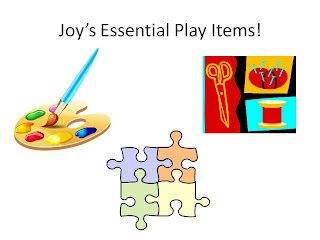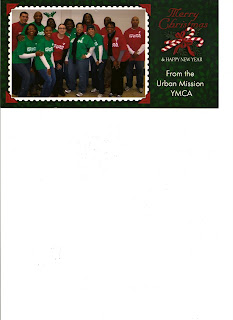The goal I have for the early childhood field is that we become more politically active. The early childhood field includes individuals who are accomplished, well-published, and technically deep. However, we must be committed and persistent in fighting for marginalized children and families. We cannot be quiet or passive. Too many decisions are being made by politicians and others which are not in the best interest of children and families. In fact, I think recent decisions perpetuate many of this isms, especially classism. The politics cannot be avoided. Marion Wright Edelman said childhood professionals “must gain greater technical proficiency in how bureaucracies work, how programs are administered, how services are delivered and how decisions are made at the federal, state, and local level” to affect change (McAdoo, 2007). This includes understanding the power structures and social justice. After taking this course in particular, I will do my very best to help children at the local schools achieve equity in education and social services using the Coalition of Community Schools model.
Lastly, I enjoyed this course. I learned more than I assumed I would at the beginning of this course. I also learned a lot from each of you. Unfortunately, I need to take a short break. So, I hope to reconnect with you again in March. I wish all of you the very best.
Reference
McAdoo, H. P., (2007). Black Families. Thousand Oaks, CA: Sage Publications


